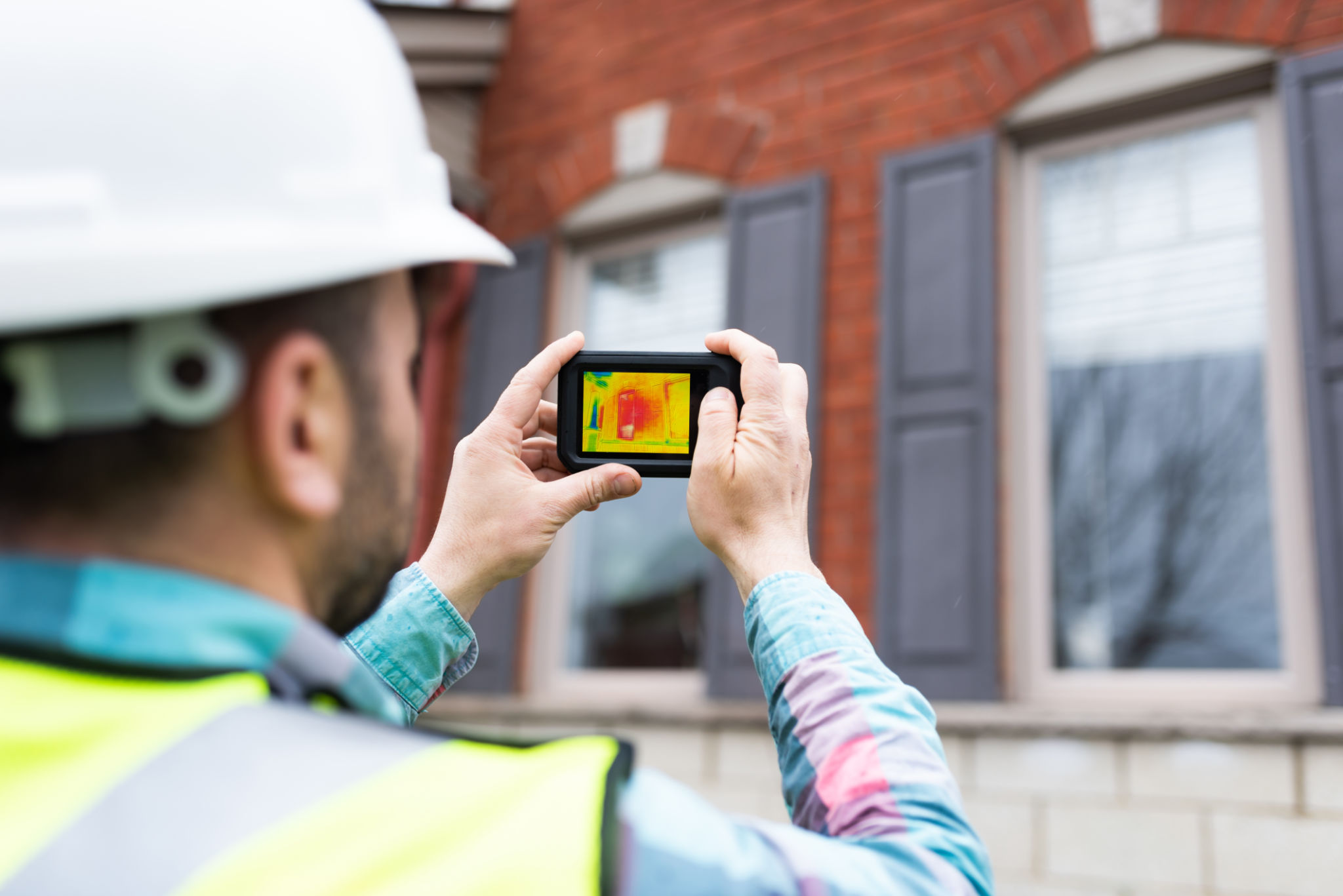Exploring Local Regulations for Blinds and Shutters Installation
Understanding Local Regulations
When installing blinds and shutters in your home or office, it's crucial to be aware of the local regulations that could affect your choices. These rules may vary significantly depending on your location, and understanding them can save you time and potential legal issues. Local building codes often dictate specific requirements for window coverings, especially in commercial buildings where safety standards are more stringent.
Before making any purchases or installations, consult your local building authority or a professional installer to ensure compliance. This step is particularly important if you're in an area prone to extreme weather conditions, as there may be additional requirements for hurricane shutters or other protective window coverings.

Regulations in Residential Areas
In residential areas, the focus of regulations typically revolves around safety and aesthetic standards. For instance, blinds and shutters must not interfere with emergency egress routes. This is particularly true for bedrooms where windows serve as potential escape routes during emergencies.
Additionally, homeowners associations (HOAs) may impose guidelines on the appearance and style of blinds and shutters to maintain neighborhood aesthetics. If you live in an HOA-governed area, double-check their rules to ensure your choices align with community standards.
Energy Efficiency Standards
Many localities are encouraging energy efficiency through tax incentives or rebates for energy-efficient window coverings. Blinds and shutters that offer insulation can significantly reduce energy costs by maintaining indoor temperatures. Check if your local government offers such incentives, as they can offset the initial cost of installation.

Commercial Building Requirements
For commercial buildings, the regulations become more complex. Safety standards are often more rigorous, focusing on aspects like fire safety, accessibility, and durability. Blinds and shutters used in commercial settings must often meet specific fire retardancy standards to comply with fire codes.
Moreover, commercial properties might require window coverings that contribute to the building’s overall energy efficiency. This is increasingly common as businesses strive to achieve green building certifications such as LEED (Leadership in Energy and Environmental Design).
Accessibility Considerations
When installing blinds and shutters in commercial properties, consider accessibility for all individuals. Regulations under the Americans with Disabilities Act (ADA) may require window coverings that are easily operable by individuals with disabilities. This could mean choosing automated systems that can be controlled through remote devices or smart technology.

Consulting Professionals
Given the complexity of local regulations for blinds and shutters installation, consulting with professionals is often a wise decision. Professional installers are typically well-versed in these regulations and can provide guidance on compliant products and installation methods.
Whether you're a homeowner or a business owner, utilizing the expertise of these professionals can ensure your project meets all necessary legal requirements while also achieving your desired aesthetic and functional outcomes.
The Importance of Staying Informed
Staying informed about local regulations not only ensures compliance but also helps you make informed decisions about product selection and installation methods. Regularly checking for updates from local authorities can help you stay ahead of any regulatory changes that might impact your options for blinds and shutters.
Ultimately, understanding and adhering to local regulations can lead to a smoother installation process, avoiding potential fines or modifications post-installation. By taking the time to research and consult with experts, you're investing in a hassle-free experience and a high-quality result.
